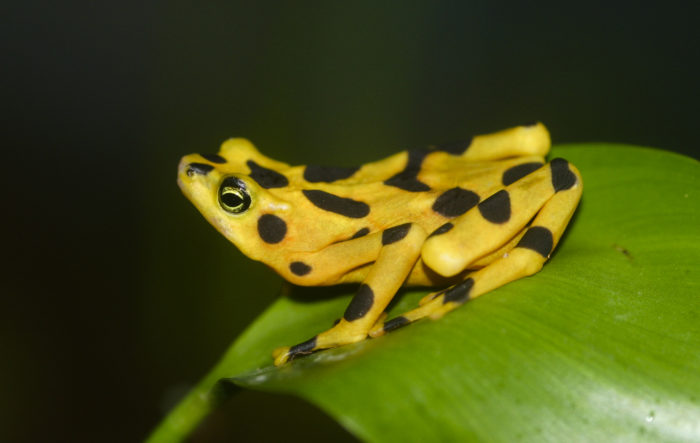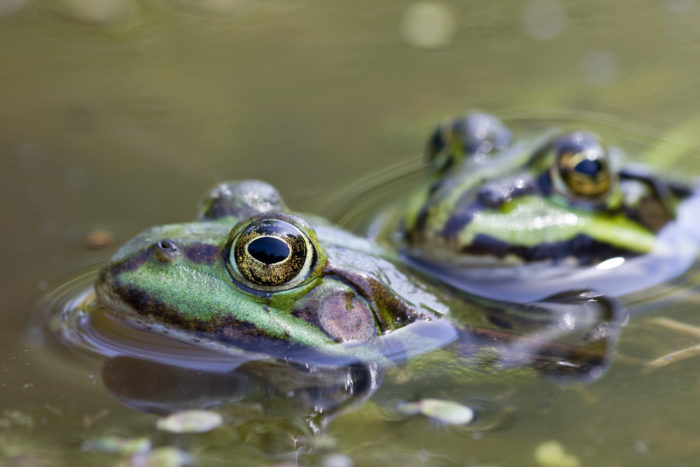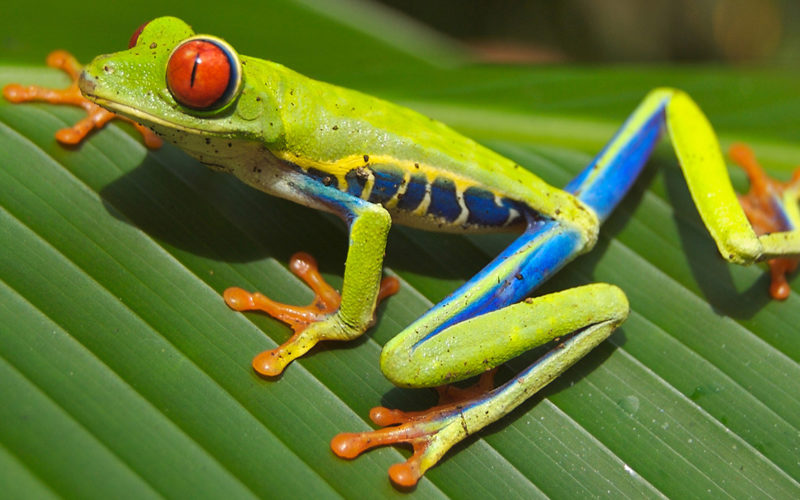If we flip through the pages of humanity’s history, we’ll notice that our species has been through some deadly outbreaks. There was the Black Death (75 million deaths), the Spanish flu (50 million deaths), the swine flu pandemic (200,000 deaths) and we’re still battling HIV/AIDS which has claimed around 35.3 million lives. But despite all these hardships, we haven’t gone extinct. However, since amphibians don’t have the same kind of medical expertise as we do, they’re getting wiped off the face of the Earth.
According to New York Times, a report published by 41 scientists says that 500 species of amphibians have declined significantly and that 90 of them have gone extinct. Wendy Palen, a biologist at Simon Fraser University said,

“That’s fairly seismic. It now earns the moniker of the most deadly pathogen known to science.”
The decline in population was noticed in the ’70s, and by the ’80s some of the species had gone extinct. And when it reached Australia and Panama in the ’90s, the fungus was named Batrachytrium dendrobatidis – Bd, for short.
DNA studies suggest that the Bd originated on the Korean Peninsula, but amphibians in Asia were impervious to it. However, when it reached other parts of the world, it started killing vulnerable species.
Bd spreads among amphibians by getting in contact with other animals or from spores floating in the water. Then it invades the skin cells and multiplies, causing the frog’s skin to peel away. And in case the infected frog dies in a pond, it increases the chances of spreading the fungus further.

Further research by Dr Benjamin Scheele shows that the Bd fungus is so lethal that it’s being found in preserved specimens placed in museums. It also shows that some amphibians are at greater risk than others because Bd thrives in cool, moist conditions. And a lot of frogs live in cloud forests on the mountainsides.
Dr Scheele and his colleagues’ report shows that 501 species are in the decline, which is far greater than the previous estimate of 200. He said that,

“It’s scary that so many species can become extinct without us knowing. It wasn’t expected or predicted, and so it took the research community a long time to catch up.”
A 2013 report showed that a related fungus, called Batrachochytrium salamandrivorans (Bsal for short), was killing salamanders in Belgium. But it was quickly contained. Scheele said,
“We’ve learned, and we’re dealing with it better. I guess the question is always, ‘Are we doing enough?’ And that’s debatable.”
Now, you might be thinking that why should you be worried about frogs? But here’s the thing. The loss of frogs can alter entire ecosystems. If there aren’t any tadpoles to eat algae, water-streams will get choked. If frogs don’t eat insects, some disease-carrying species might become more common. And without frogs, birds and other predators might’ve to find alternatives, thereby causing chaos.




